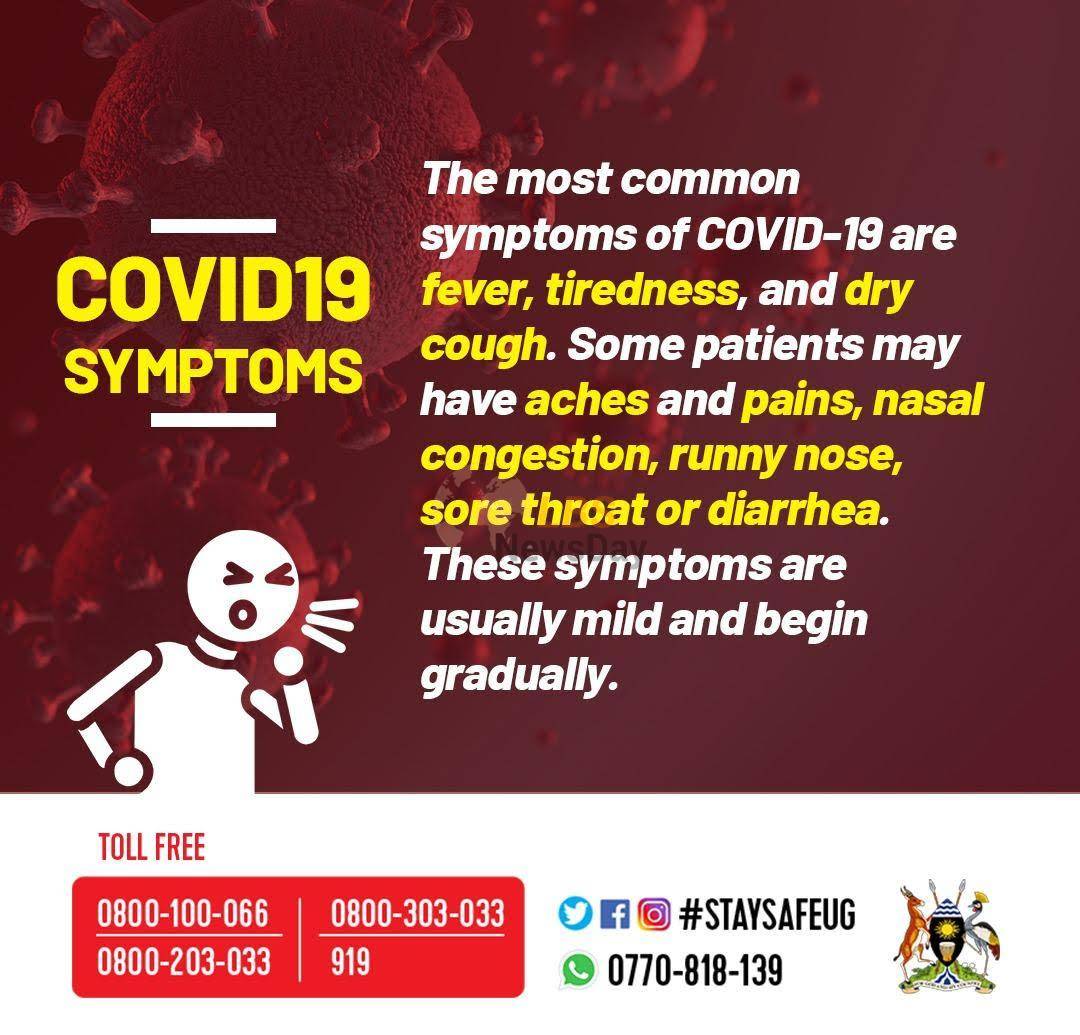Definition of Coronavirus ?
Coronaviruses (CoV) are a large family of viruses that cause symptoms ranging from the common cold to more serious illnesses, i.e. the Middle East Respiratory Syndrome (MERS) and Severe Acute Respiratory Syndrome (SARS). The new coronavirus (nCoV) is a new strain of coronavirus that had not yet been identified in humans.
COVID-19 is the infectious disease caused by the latest discovered coronavirus (SARS-CoV-2). This new virus and disease were unknown before the outbreak in Wuhan, China, in December 2019.
COVID-19 infection remains mild in 80% of cases. In order to delay spreading among the general population and to protect vulnerable and fragile groups in the population, it is important to take a certain number of precautions.
Where did the Coronavirus appear ?
SARS-CoV-2 is a new strain of coronavirus that had not been seen in humans before. The epidemic began in the Chinese city of Wuhan, capital of the Hubei province. At first, the epidemic seemed to be linked to the South China Seafood City market. This market hosts merchants for seafood, poultry, bats, marmots and other wild animals, which indicates a probable animal origin of this virus. The virus was later confirmed to also transmit between humans. Cases have since been discovered in other regions of China and in other countries, often linked to a previous visit of Wuhan. The health authorities of the various affected countries are currently investigating this new coronavirus and the sources of the contamination.
What is a pandemic?
There is no universally applicable definition. However, it can be said that a pandemic is the increased and sustained propagation of an extraordinary infectious human disease that rapidly affects all parts of the world and a large part of the global population.
SYMPTOMS
What are the Symptoms?
Symptoms vary from moderate to severe respiratory infection, accompanied by fever, coughing and breathing difficulties. Seniors and people with pre-existing chronic illnesses seem more vulnerable and at risk of complications.
The incubation period, the time between contamination and the appearance of the first symptoms of COVID-19 infection, is maximum 14 days.
Can a blood test detect the presence of the virus ?
No. Only a test on respiratory secretions is currently available to detect the presence of the new coronavirus.
Can a family doctor prescribe a laboratory test to identify the SARS-CoV-2-virus ?
A laboratory test carried out on medical prescription can identify the SARS-CoV-2 virus infection. However, this test is of no use in the absence of symptoms. Your personal physician is in the best position to assess the value of the test in your case.
If needed, contact your physician via telephone. Do not go to a physician’s office.
If I am suspected of being infected with COVID-19 and a test was executed , who receives the result of the test ?
The test result is sent to the physician who requested the test, through a secure channel, who communicates it to the patient without delay. The result is also sent to the Health Inspectorate, in application of the law of 1 August 2018 on the compulsory declaration of certain diseases. At the patient’s request, the result can also be passed on to his/her physician.



